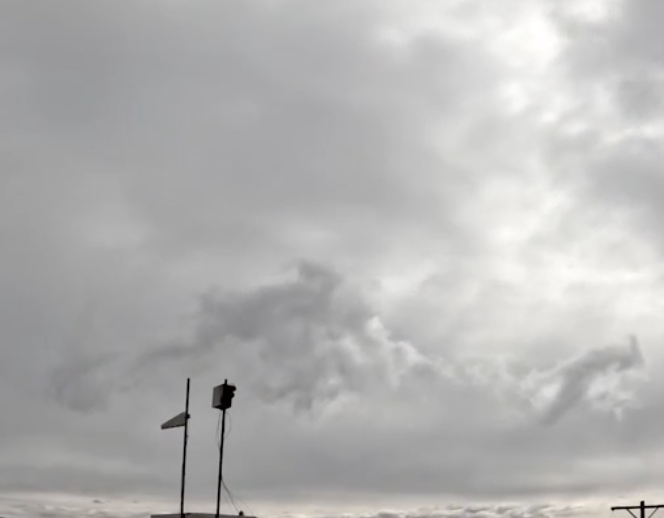The process of cloud seeding involves finding clouds under the right weather conditions—such as moisture, temperature, and direction of movement. Then, silver iodide particles are launched into those clouds, either from the ground or a plane. The silver iodide rods – which are typically the size of cigarettes – are shot into existing clouds to help form ice crystals. The crystals then help the cloud produce more rain, making its moisture content heavier and more likely to be released. The government is encouraging the practice.
Cloud seeding has been in practice since the 1940s in China which has the biggest program in the world. It used seeding ahead of the Beijing Olympics in 2008 to ensure dry weather for the event, and the technique can also be used to induce snowfall or to soften hail.
As usual, we are being told that silver iodide is completely safe and has no side-effects.
There are cloud seeding programs throughout the US including, Colorado, Wyoming, North Dakota and Utah, while Arizona is considering it.
NEW – ABC News Explains How ‘Cloud Seeding’ is Being Used to Modify Weather Across the U.S.
— Chief Nerd (@TheChiefNerd) April 20, 2023
“There are currently 42 cloud seeding projects across the American West…They fly right into the storm and send microscopic [silver iodide] particles into the clouds…The federal… pic.twitter.com/pL37nzcGkI
